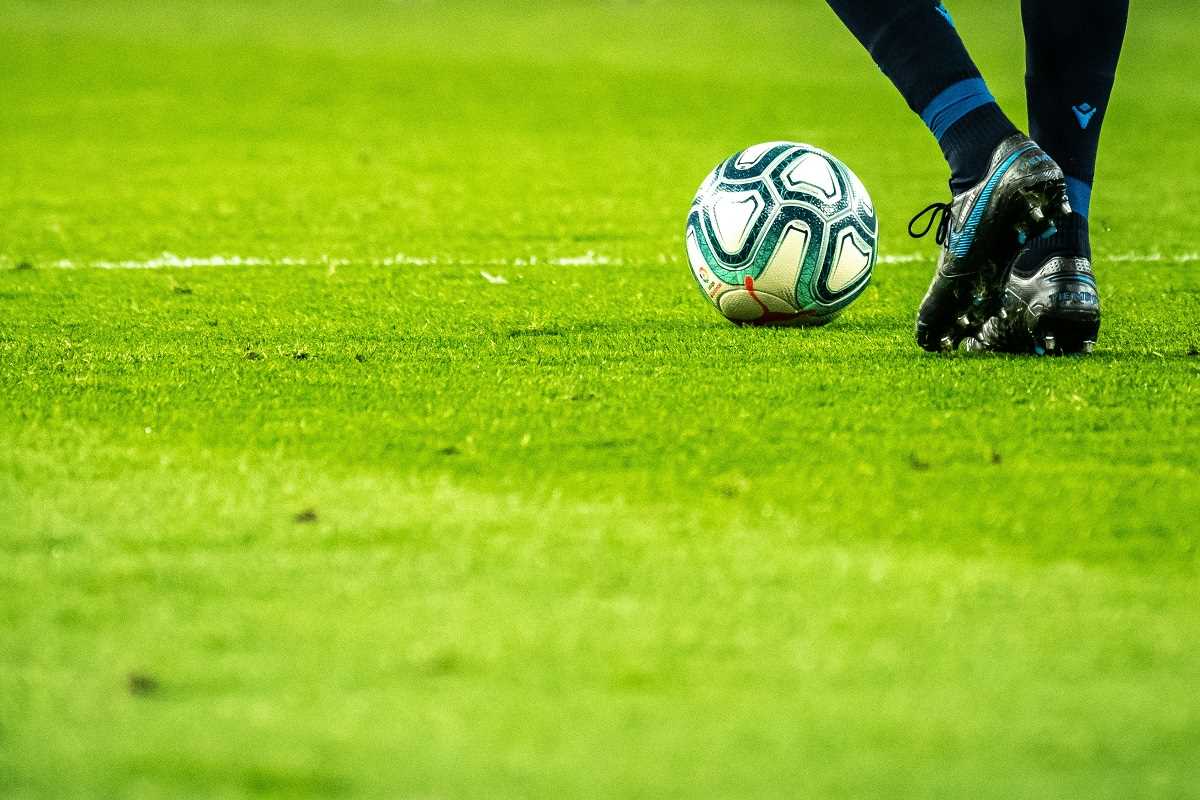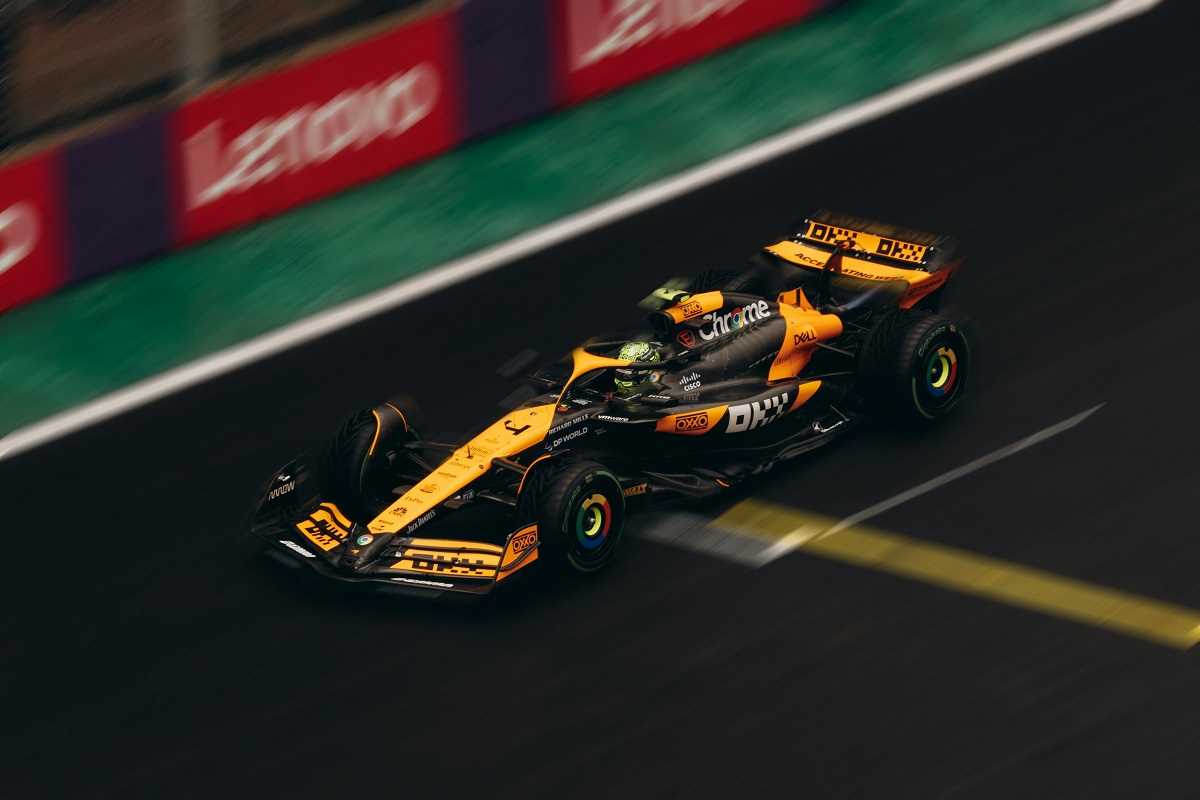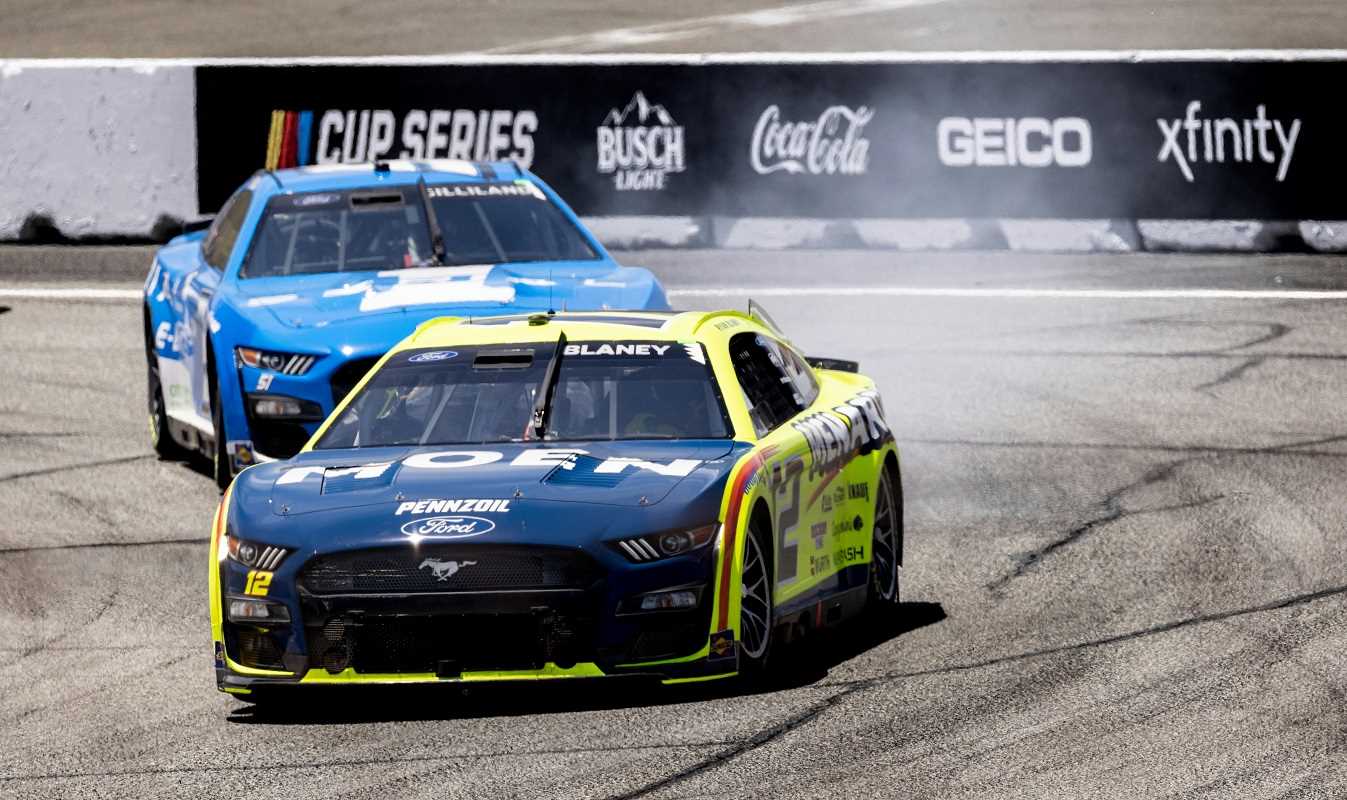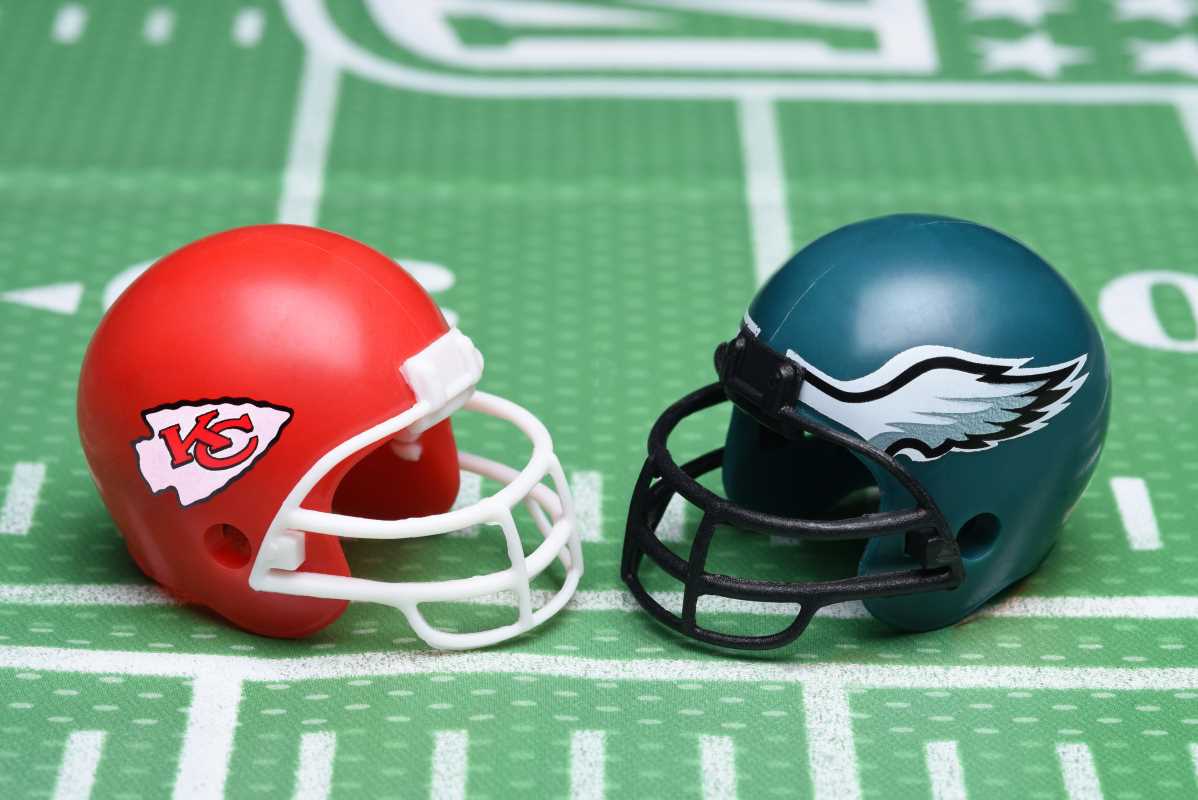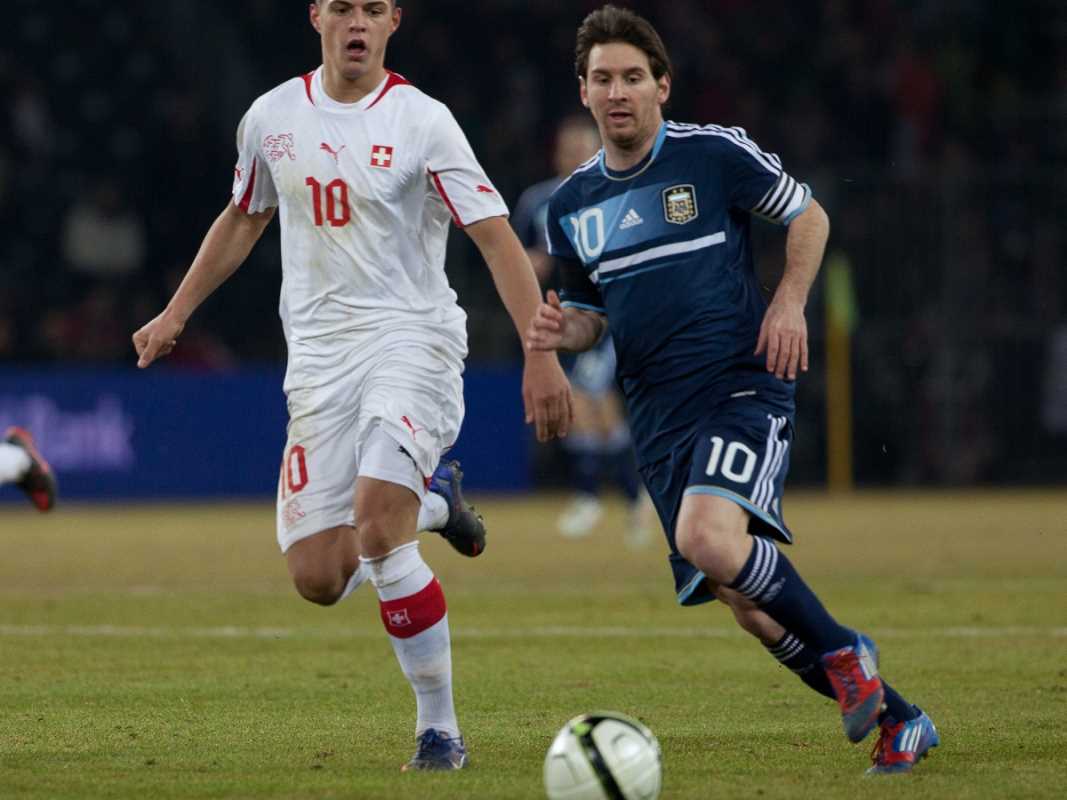GPS technology is changing the world of sports, providing athletes and coaches with real-time data on speed, distance, and positioning, offering insights that were once impossible to gather. Compact, wearable devices now deliver precise metrics, enabling teams to optimize performance, refine strategies, and reduce the risk of injuries. From soccer fields to track lanes, GPS-based monitoring is no longer a luxury but an essential tool driving modern athletics to new heights.
The Power of GPS Tracking in Sports
At its core, GPS tracking in sports is about collecting data to paint a detailed picture of an athlete's performance. Modern GPS systems go beyond simply tracking location. They can monitor speed, distance covered, heart rate, intensity of movements, and even acceleration and deceleration. This treasure trove of data allows athletes and coaches to go from "good enough" to precision perfection. It’s not just about tracking how much effort went into a performance, but how and where that energy was spent.
Training Smarter, Not Harder
Gone are the days when coaches solely relied on intuition and visual assessments during training sessions. GPS-based systems now provide real-time performance metrics that give a deeper understanding of athlete output.
For example, in soccer, players can wear GPS vests during practice to track their top speeds, total sprint distances, and positioning on the field. If a player is known for high-intensity runs, the coach can ensure they’re getting enough recovery to avoid burnout during matches. Liverpool FC is one of the many clubs leveraging GPS technology to monitor training intensity and tailor load management for each player.
Then there’s track and field. Sprinters can use GPS to measure their top speeds and analyze the acceleration phase of their races. Training becomes less about repeating drills aimlessly and more about refining biomechanics to shave off precious seconds.
The biggest advantage? GPS gives athletes an objective way to measure progress. Instead of feeling fitter or faster, the data provides cold, hard evidence of improvement.
Injury Prevention and Recovery
If training smarter weren’t enough, GPS-based monitoring steps in to reduce injury risks and optimize recovery. Think about it this way: when athletes train, their bodies undergo immense stress. Overtraining or fatigue isn’t always something you can see, but it’s often evident in data patterns.
Take professional rugby players as an example. Rugby is one of the most physically taxing sports, with constant high-intensity collisions and sprints. Teams like the New Zealand All Blacks use GPS systems to capture workload data, ensuring players aren’t overloaded during training. Knowing when to dial back intensity could mean the difference between staying fit for match day or hobbling off with a pulled hamstring.
But this isn’t just about prevention. GPS also helps speed up recovery for injured athletes. By comparing post-injury movement data with pre-injury baselines, physios and trainers can objectively decide when an athlete is ready to return safely to play. No guesswork.
Tactical Insights for Coaches
One of the most exciting aspects of GPS tracking lies in its ability to enhance game-day tactics. Coaches now have access to field and court heat maps, which show player positioning and movement during matches.
Take basketball, for instance. GPS technology can track how much time a player spends on offense versus defense and how quickly they switch between the two. If a star player is consistently out of position on defense, coaches can identify and address it.
Soccer takes this a step further. GPS-based systems offer insights into team dynamics, like how well the defensive line is holding formation or how strikers are exploiting spaces. During the 2014 FIFA World Cup, the German national team famously incorporated such technology to dominate opponents strategically and physically.
Other sports, like American football, use GPS to analyze blistering levels of performance. Wide receivers’ route-running speed and linebackers’ change-of-direction efficiency are just some of the metrics teams rely on to create game-winning strategies.
Pushing Beyond Physical Limits
Athletes are always chasing greatness, whether that’s breaking a personal record or dominating rivals. But how do you know your limits unless you push past them? GPS enables athletes to pinpoint their actual thresholds and push boundaries more methodically.
For instance, marathon runners might use GPS to test varying thresholds during different types of runs. They can identify the right pacing strategy for a long-distance race by noticing where fatigue begins to set in at specific paces and distances.
High-intensity athletes in sports like ice hockey or soccer use burst training movements to simulate real-game conditions. GPS data allows teams to replicate game intensity during training, slowly conditioning players to sustain peak performance bursts for longer periods.
Even in individual sports like tennis, GPS is helping players improve by recording their agility, court coverage, and overall pace. For instance, a tennis player might find they’re running more during serves than returns, leading to tactical shifts or conditioning focus.
Real-World Examples
- Soccer: Top-tier soccer clubs globally use GPS to record how frequently players sprint during matches, measure fatigue during tournaments, and establish recovery pathways. Players like Cristiano Ronaldo reportedly shave years off their career wear-and-tear by closely monitoring such data.
- Cricket: YES, cricket too! GPS is used to measure how many meters bowlers cover throughout a game and how their speeds fluctuate between opening spells and later stages. This helps coaches manage workload during long competitions.
- Olympic Athletics: Athletes from decathletes to 100m sprinters use GPS for pinpoint refinement, training efficiency, and to predict race-day outcomes with near-scientific precision!
The Future of GPS Technology
Even with all of these incredible applications, GPS-based sports monitoring is still in its early stages. The future holds even greater promise, spurred on by advancements in AI and wearable technology.
Imagine a "smart vest" that collects GPS data and syncs it live with AI-driven analysis. Coaches could receive instant performance recommendations mid-game. For instance, "Player X’s sprint intensity is down; substitute him in the next five minutes to avoid strain."
Then there’s the possibility of integrating GPS with virtual reality (VR). Teams could analyze VR replays enhanced with GPS metrics and provide athletes with immersive learning experiences. Picture a quarterback virtually re-experiencing a missed play from every possible angle, with added GPS insights.
Analytics will also become more predictive. Instead of focusing on what happened, teams will use AI-paired GPS to forecast potential injury risks and fine-tune strategies for specific opponents.
Enhanced miniaturization of GPS sensors is also making waves. Soon, these devices could become fully undetectable in lightweight uniforms or embedded in fabrics.
Potential Challenges
While GPS in sports has nearly universal approval, it isn’t free from challenges. Devices require frequent recalibration to remain accurate. There’s also a cost factor—not every sports organization, especially amateur ones, can afford sophisticated systems.
And then there’s the looming question of data overload. Yes, collecting metrics is great, but managing and interpreting oceans of data can overwhelm coaches or smaller teams with limited resources.
This technology is bridging the gap between human potential and scientific discovery in sports as diverse as soccer, rugby, track and field, and tennis, and we’re only scratching the surface of what’s possible.
If paired with cutting-edge AI and VR tech on the horizon, the best performances in sports history might still be ahead of us. The chase for perfection has never been more inspiring.
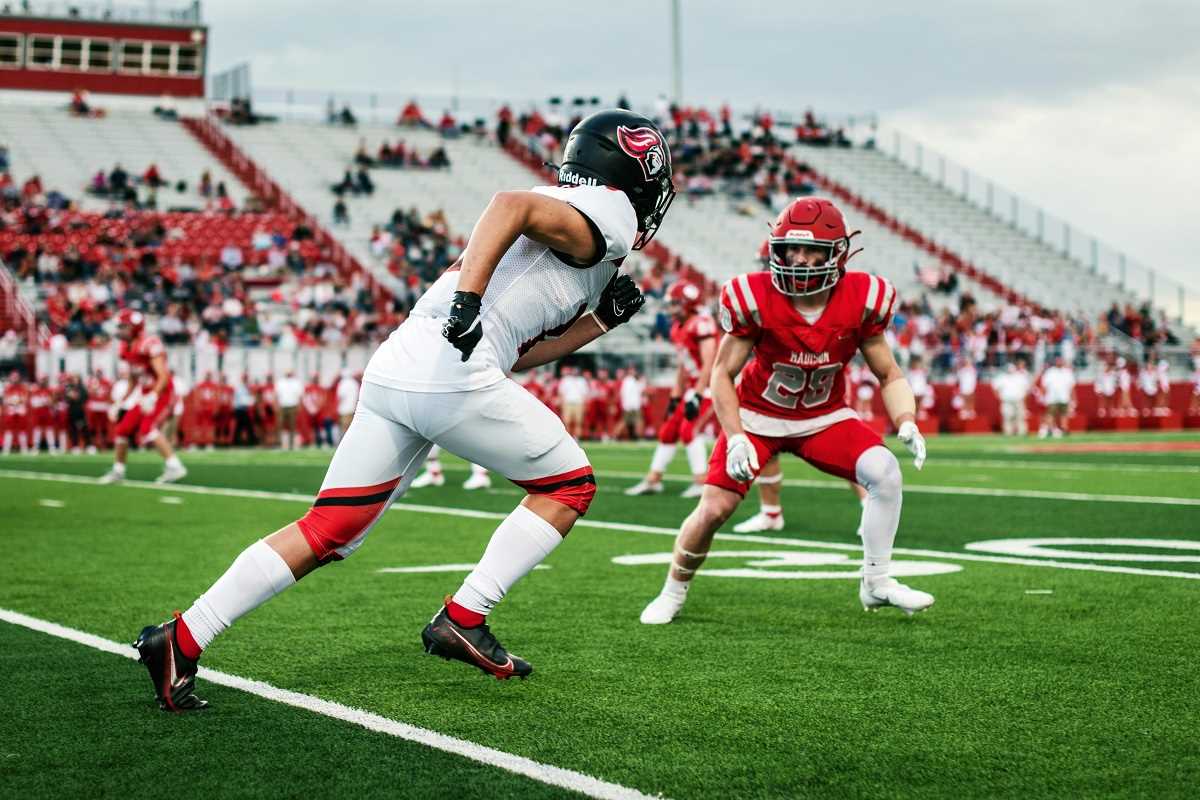 (Image via
(Image via